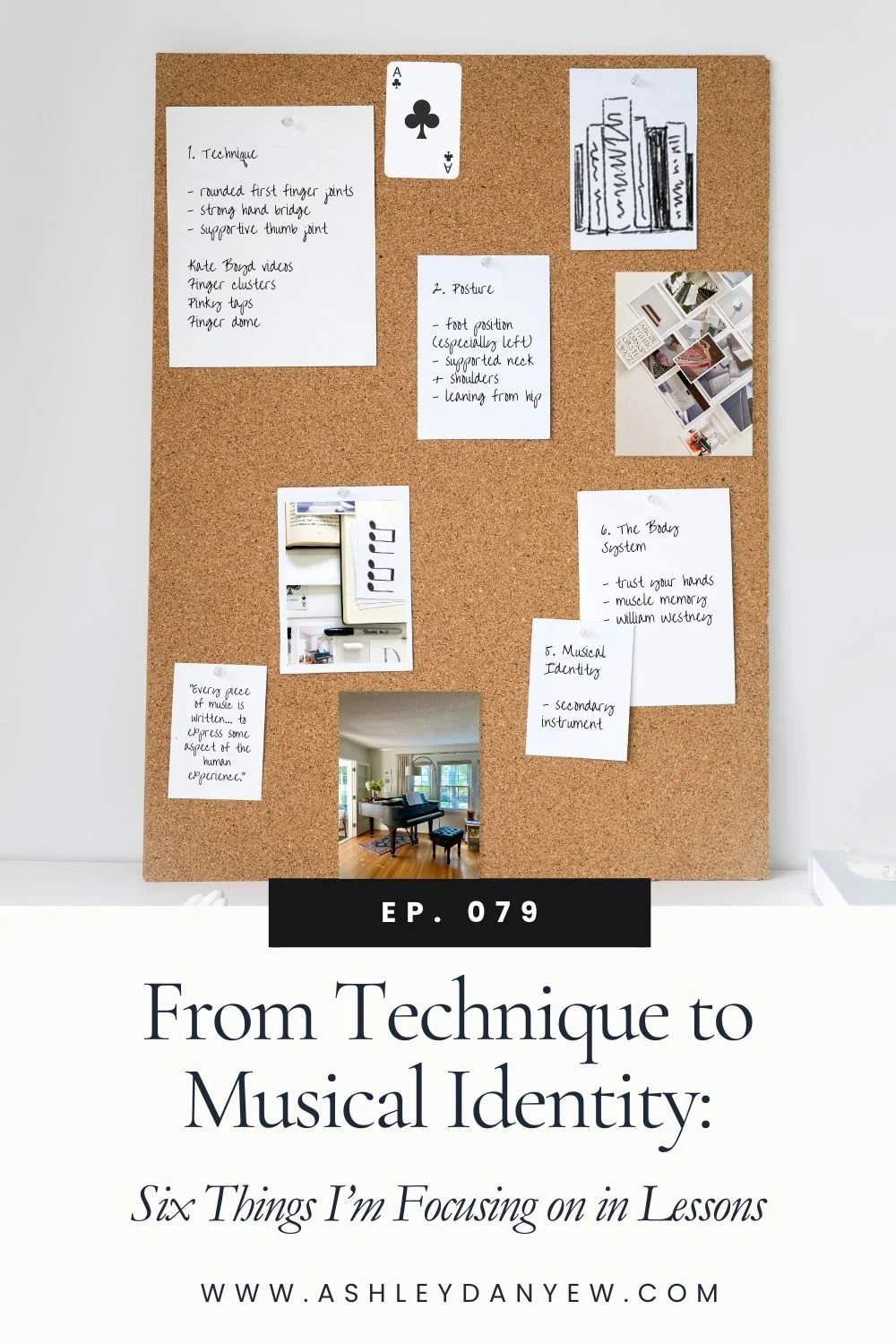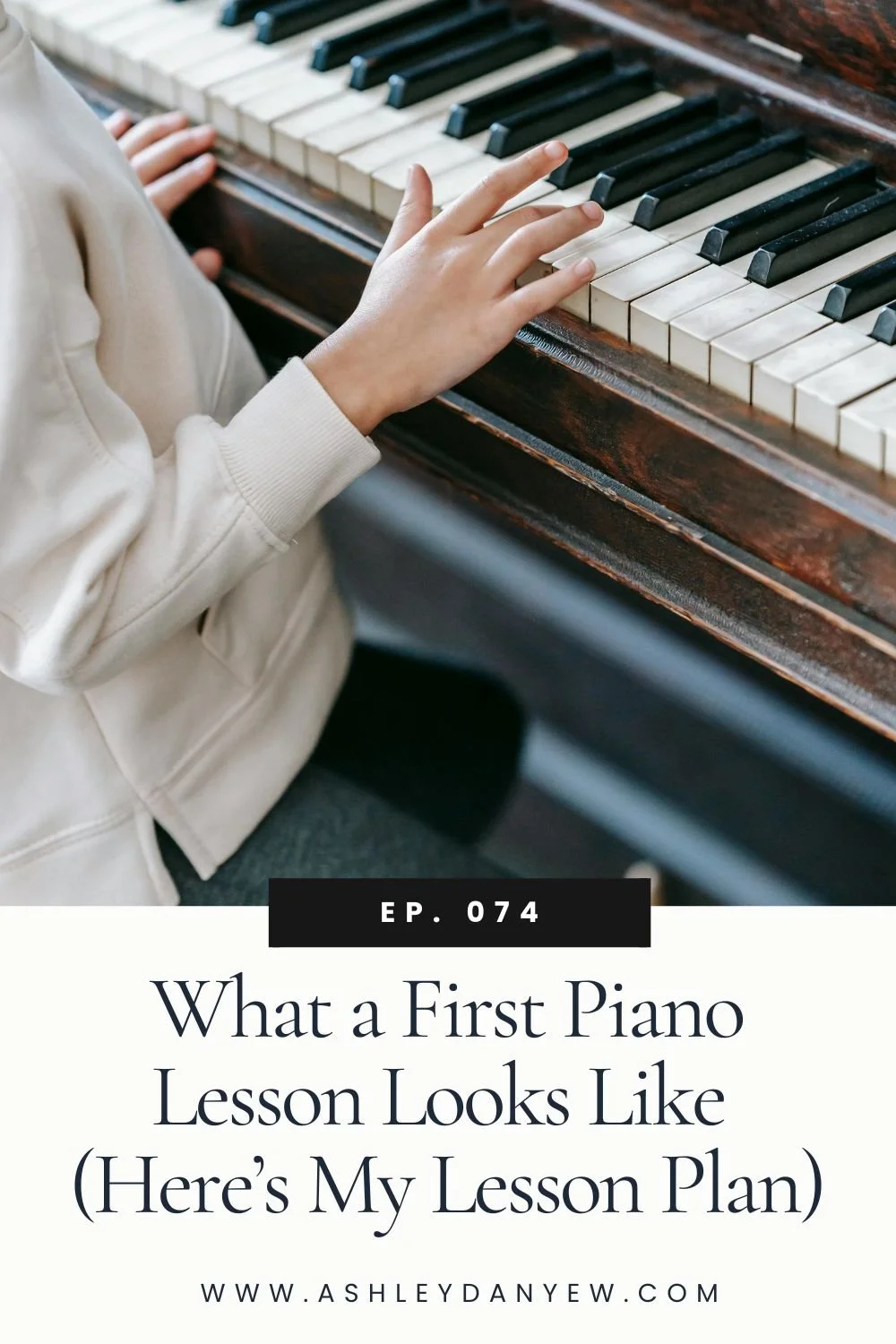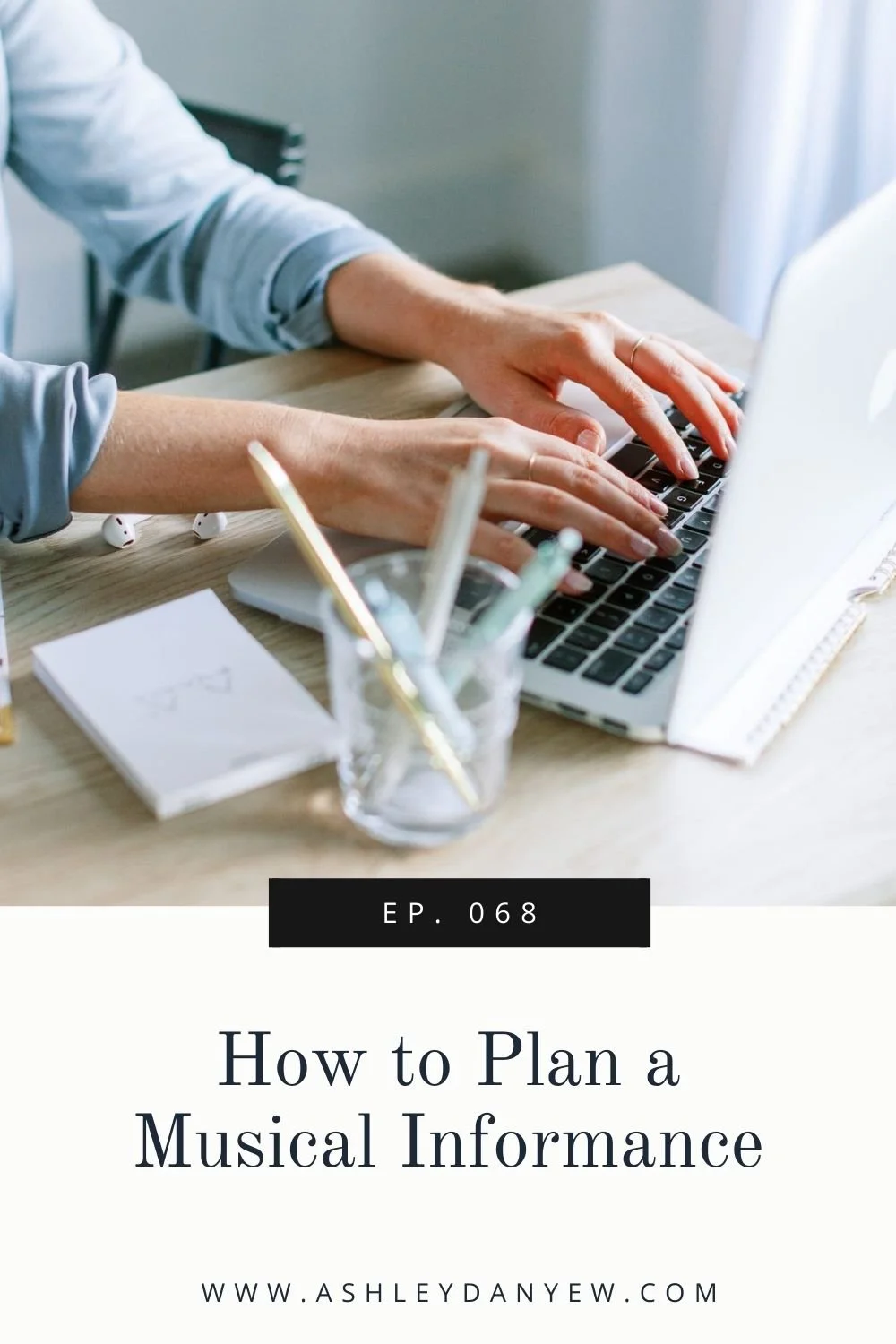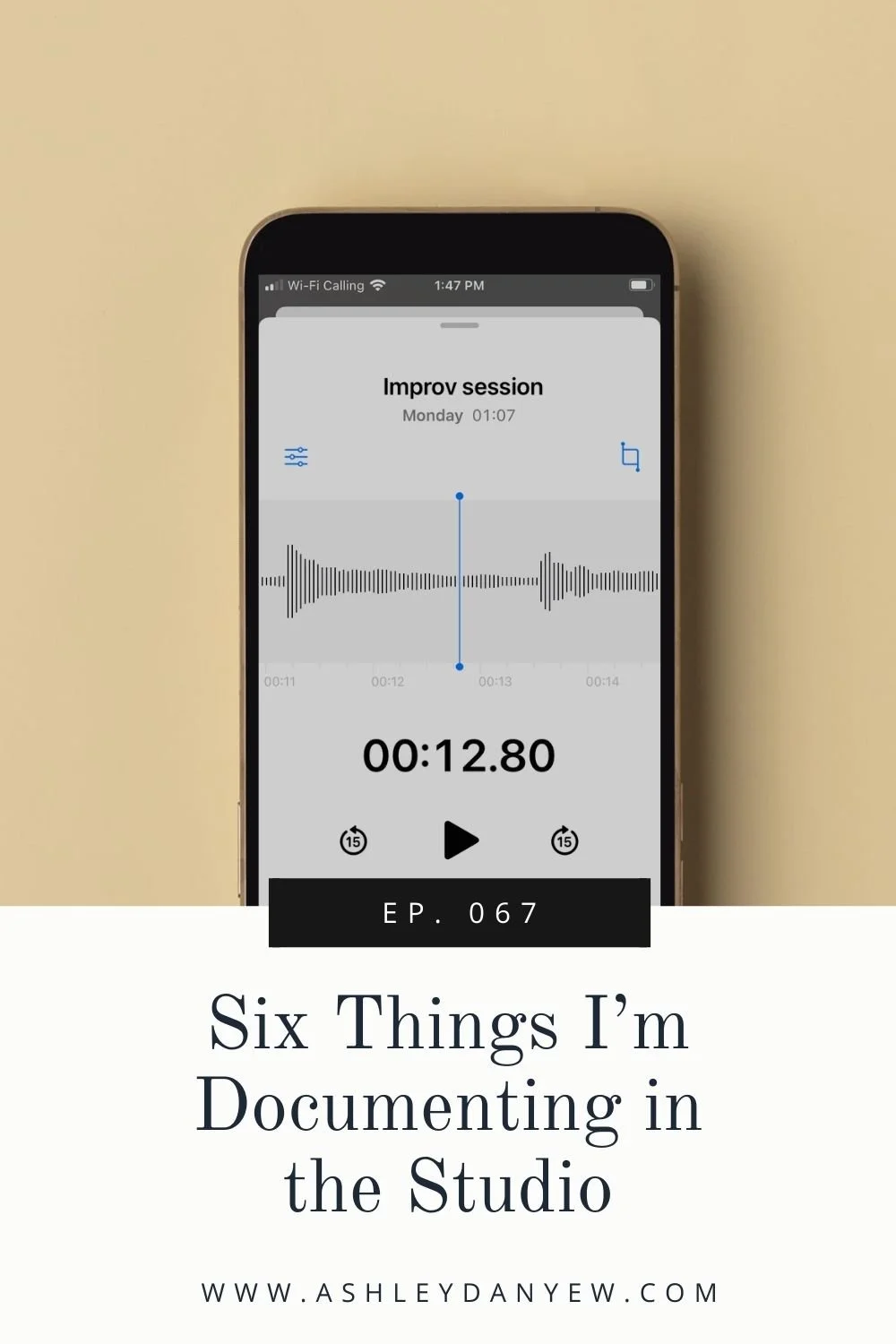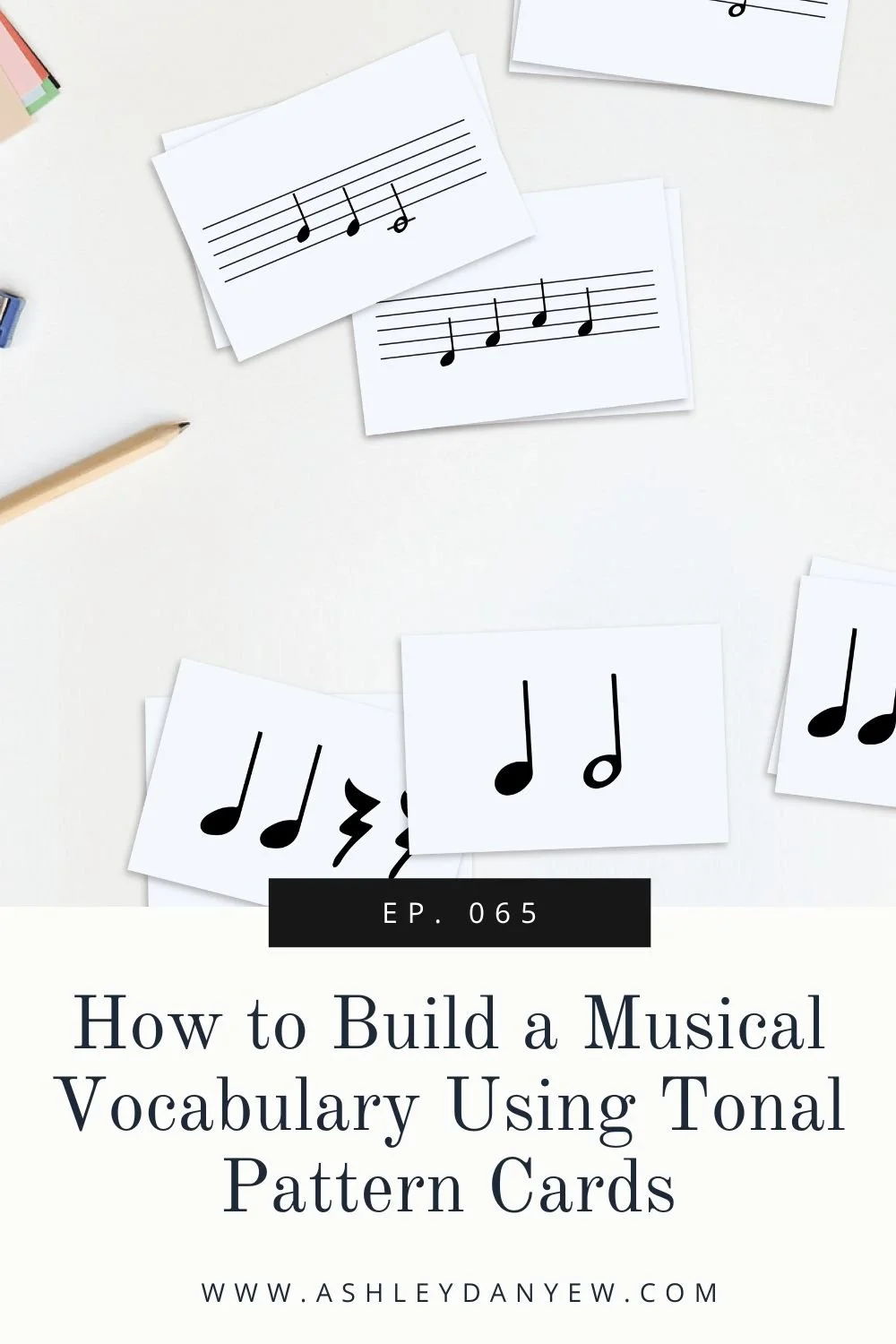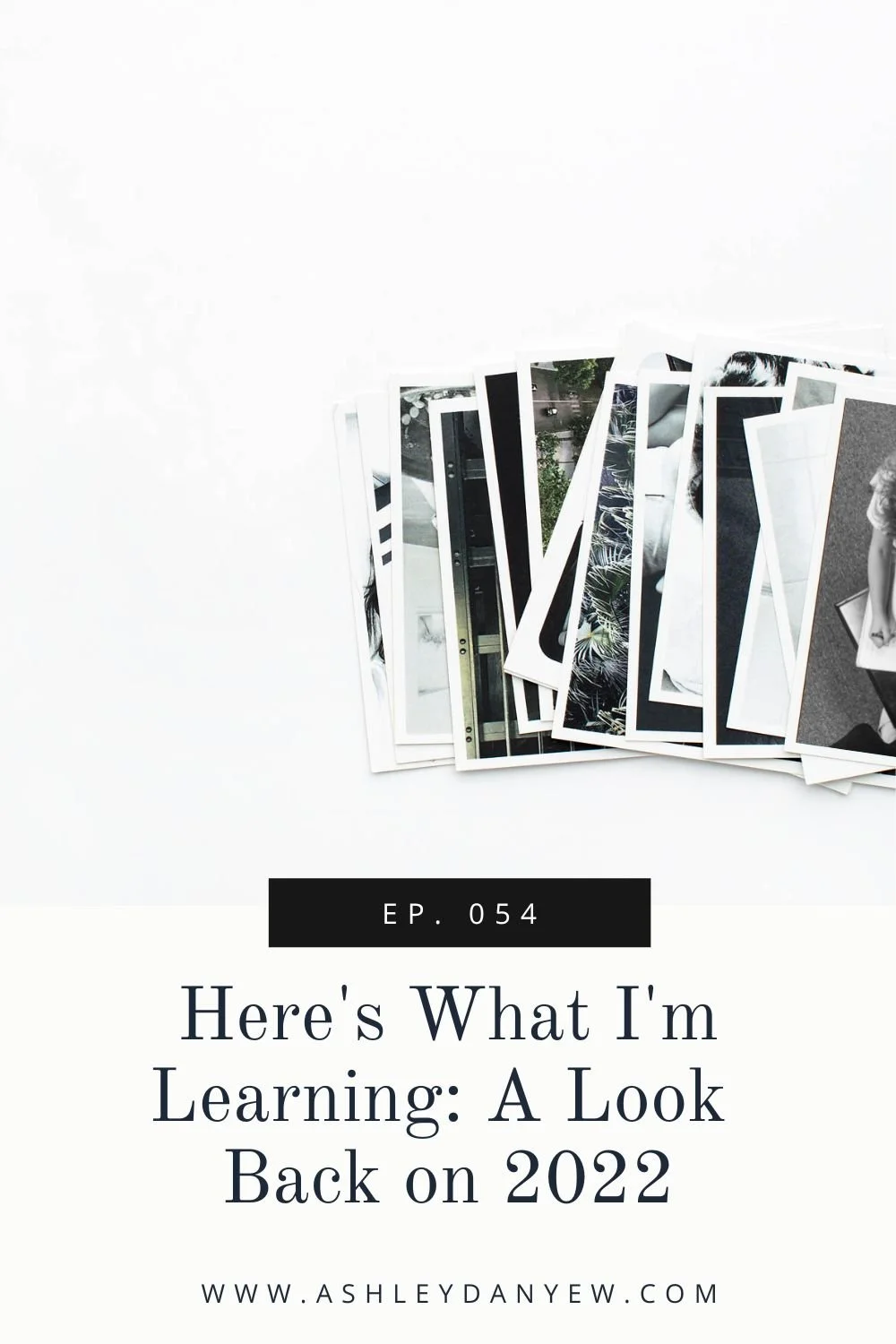Resources Mentioned
*Disclosure: I get commissions for purchases made through some of these links.
ABRSM Aural Trainer app
How to Create a Repertoire Plan Using the RCM Piano Syllabus
RCM Syllabi page
AURALBOOK app
Comprehensive Ear Training series (for pianists)
Vocal Ear Training (for singers)
Sight Singing Solution (for choral singers)
E-Music Maestro (purchase access or try their free sample content)
13 Ways to Improve Your Piano Students’ Ear-Training Skills (Teach Piano Today)
3 Ear-Training Tricks (Teach Piano Today)
How to Jazz Up Ear Training with the Cups Song (Teach Piano Today)
RCM online ear training (here’s a free sample exercise for Preparatory A)
Let's talk about aural skills.
Aural skills (also known as ear-training) is a fundamental facet of musicianship. Learning to listen, identify, discern, and understand music without notation present helps us develop the inner listening skills needed to become well-rounded, well-versed musicians.
Here are a few examples:
Finding the steady beat
Recognizing strong and weak beats
Discerning meter and tonality
Understanding rhythm and tonal patterns
Recognizing dynamics
Discerning articulation
Feeling interval distances
Understanding cadences
Recognizing chords and chord progressions
Many of you may remember those 8 a.m. aural skills classes in college—sight-reading, singing intervals, singing bass lines, spelling chords. But what about as a younger student? Do you have any recollections of studying and learning and developing aural skills as a younger student?
What kinds of aural skills experiences are we giving our students, of all ages? How can we incorporate aural skill activities in our weekly lessons?
I've done a little research on this and found several helpful resources for fostering the development of aural skills in private lessons (and at home) with students of all ages.
If you don't already include aural skill experiences in your teaching on a regular basis, I hope this inspires you as much as it has me!
Today, I have eight noteworthy resources to share with you that will help you develop aural skills in your students this year.
The first is the ABRSM Aural Trainer app.
ABRSM Aural Trainer
The Aural Trainer app by The Associated Board of the Royal Schools of Music (ABRSM) is an excellent resource for helping develop aural skills in your students. Based on the ABRSM exams (Grades 1-8), the app includes exercises for pulse and meter, echo patterns (or singbacks), identifying musical differences, and critical music listening, and for more advanced levels, sight-singing, cadences, modulations, and chord identification.
Here is a video example of a Grade 1 ABRSM exam to give you an idea of what it's like. Notice how many facets of musicianship are included!
In the past, my students have loved the pulse and meter exercises. Simply tap the steady beat on the screen along with the recording, then determine whether the example was in duple or triple meter. This is great for developing discrimination skills and having those conversations with your students.
For echo patterns (I call them singbacks), the app actually records you singing the patterns back, then plays them back for you with the original piano melody so you can evaluate and assess your performance (using a smiley-face rating system).
The app is available for iPhone and iPad. The Lite version includes sample content from Grades 1 and 4. The full version (all content for Grades 1-5) is $7.99. Grades 6-8 are available in a second app (full content for $7.99).
Okay, the second resource I want to mention is the Music Development Program, or at least what used to be called the Music Development Program, founded by the Royal Conservatory of Music.
Music Development Program
The Music Development Program was founded in 2013 as the U.S. division of the Royal Conservatory of Music (RCM), which was founded in Canada in 1886. I'm not sure if the Music Development Program is still active, but you can find all the resources and materials and content and exam information through the Royal Conservatory of Music. So all of it was the same content and materials, just labeled two different ways for Canada vs. U.S.
One of my favorite resources is the syllabi section of their website. These are free digital resources—books, really—featuring repertoire lists, technique, and musicianship skills (which includes aural skills and sight-reading) by level (Preparatory A, Preparatory B, Levels 1-10).
This has been an invaluable resource for me in planning programs of study and curriculum for my students and ensuring the development of technique and musicianship skills that correspond with their playing level. I consult this syllabus all the time—maybe you've heard me talk about it before.
I have used the recommendations in the musicianship section to write my own materials for student assessments during the year (things like playbacks, clapbacks, singbacks, and sight-reading). The best part is that I can reuse the exercises that I've come up with year after year as students move on to the next level. So I'm kind of creating my own musicianship skills curriculum based on the skills that are outlined in the RCM Piano Syllabus.
Here’s a link to the Syllabi page so you can find your instrument (24+ available).
The next resource I want to share is called Auralbook.
Auralbook
AURALBOOK is another helpful (free!) app for developing musicianship and aural skills.
This app has two versions: one corresponds with ABRSM levels (iPhone/iPad) and one corresponds with RCM levels (beginning with Level 1 — it does not include Preparatory A or B) (iPhone/iPad/Android). It supports 12 different instruments and up to 1600 questions (if you purchase the in-app upgrades), 12 questions for free when you create a Playnote account.
Like the Aural Trainer app, it records playbacks, clapbacks, and singbacks and analyzes your performance, but it also compares your performance with the original notation on the screen and suggests areas for improvement, which is great. So you can actually visually see what that original notation looked like.
I haven't used this one personally, but it seems like a good tool for practicing and developing aural skills and especially preparing for an ABRSM or RCM exam.
Next is a physical book series called Comprehensive Ear Training.
Comprehensive Ear Training
This graded series includes ear-training resources for pianists (student and professional), based on the RCM exams — perfect for daily home practice or studio use!
Each level in the Comprehensive Ear Training series includes recorded practice sessions/mini exams on one or more CDs and a fully-notated answer booklet for checking your work. Content includes melody playbacks, rhythm clapbacks, interval and chord identification, and cadences (for advanced levels). They even include some helpful practice tips.
On their website, you can look through the Products menu to read more details and see and hear examples for each level.
Also, Carol Schlosar has similar resources for vocalists (Vocal Ear Training) and choral singers (Sight Singing Solution).
Next is Musicca.
Musicca
Musicca is a web-based resource that offers a series of aural training exercises, including note-naming (treble clef, bass clef, alto clef, tenor clef, and piano keyboard), intervals, chords, scales, and key signatures. This is a useful tool to use in your lessons or studio classes, or to assign as part of your students' home practice.
Similar to the Aural Trainer and Auralbook apps is E-Music Maestro.
E-Music Maestro
E-Music Maestro offers a series of web-based aural training exercises correlated with the ABRSM and Trinity College exams. The content includes pulse and meter, echo patterns (singbacks), identifying musical differences, and critical listening. This is perfect for in the studio or again, for students to work on at home during the week.
You can purchase access to E-Music Maestro content (monthly or prepaid) or try their free sample content.
Next is a resource you've probably heard of—Teach Piano Today.
Teach Piano Today
If you haven't heard about this great teaching resource, allow me to introduce you. Teach Piano Today is an invaluable resource for piano teachers, with helpful tips, innovative materials, creative resources, and lots of practical advice for running a studio, planning, teaching, and inspiring your students.
Here are three helpful posts on developing aural skills with clever, creative ideas for engaging your students:
The final resource I want to share with you today is another book series called Four Star.
Four Star Online Ear Training
The Four Star Sight-Reading and Ear Test books correlate with the RCM levels in developing reading and aural skills and preparing well-rounded musicians. In addition to the daily sight-reading exercises in the books, however, Four Star also includes a supplemental online ear training portal for home or studio practice.
The online ear training may be used in conjunction with the books or on its own. Use the code in your book to access the online content for free for 6 months (you can use this code twice for a full year of access) or you can subscribe to the entire library for $4.99/mo.
Here is a sample exercise for Preparatory A, to give you an idea of what it’s like. This is a great resource for beginning students, as many of the resources I mentioned today do not include content for Preparatory A and Preparatory B levels, which are the two levels that precede Level 1.
In closing, I want to mention one other general resource—YouTube.
YouTube (Bonus!)
There are some great ear-training videos on YouTube now, some tie in directly with RCM or ABRSM if that's what you use in your studio. Others are just fun activities to review intervals, rhythm, singbacks, etc. These are also really easy to use in virtual lessons if you're teaching online right now. Simply share your screen and click play!
I'd love to hear from you.
How do you foster aural skill development in your students? What are your favorite resources?





